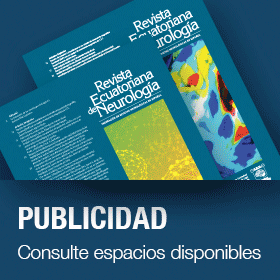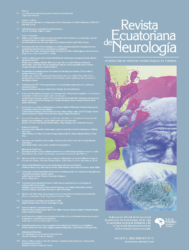Introduction: COVID-19 is mainly a respiratory illness, however, with an incidence in nearly a third of patients of neurological manifestations secondary to affection to the central or peripheral nervous system, used to be more frequent in severe illness, having a wide range of disability and mortality.
Clinical case: We present the clinical case of a 39 years old female ,previously healthy, with diagnosis of COVID-19, initiating her illness with encephalitis and status epilepticus, posteriorly longitudinally extensive myelitis and anoxic-ischemic encephalopathy, which, despite of opportune diagnosis and treatment, she had a poor outcome developing persistent vegetative state.
Conclusions: COVID-19’s neurological manifestations could lead to a high risk of disability and mortality, needing an opportune detection and treatment, with a high suspicion of encephalitis and status epilepticus in patients with decrease of alertness and focal motor symptoms.






